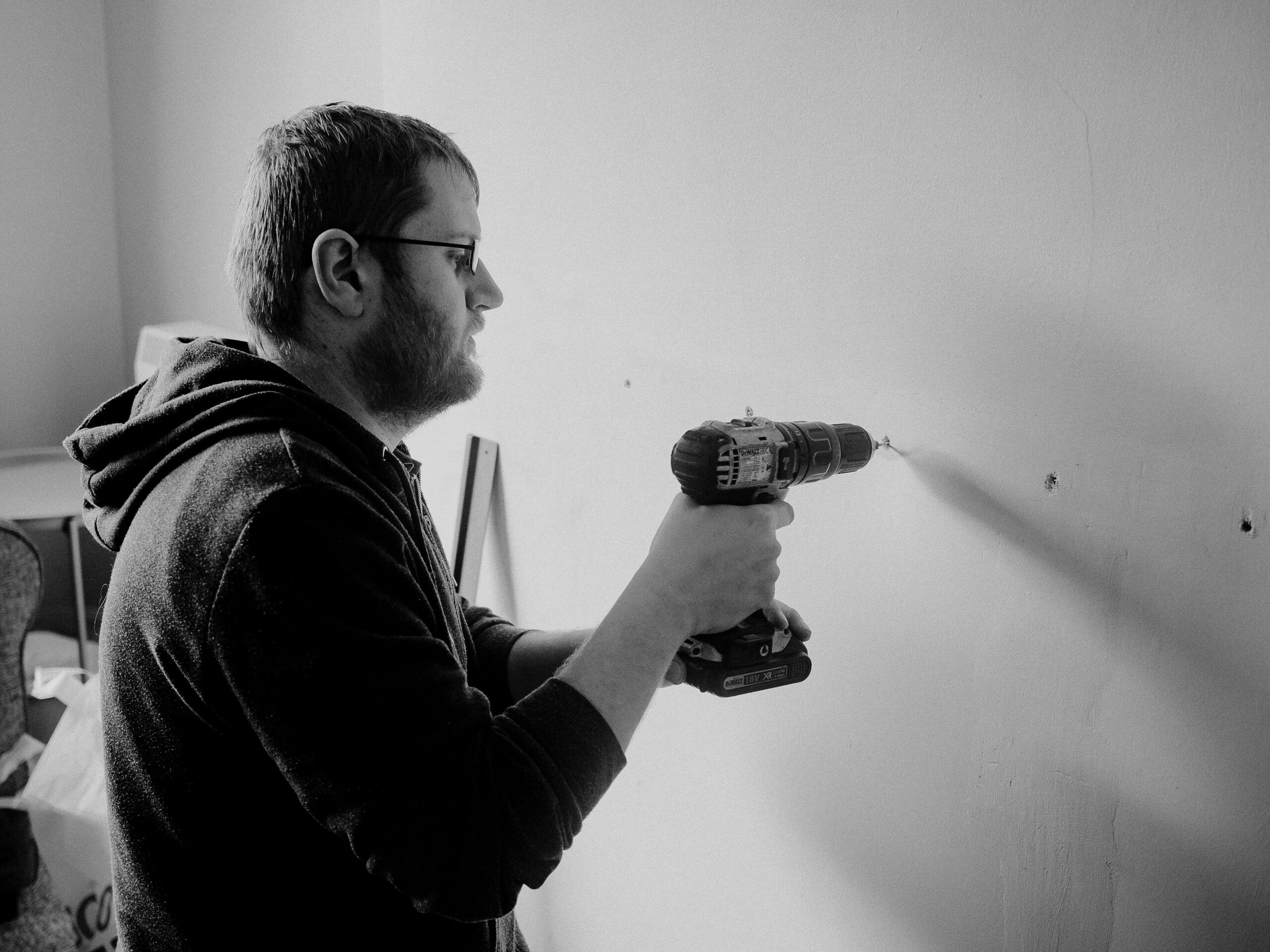Diamond Engineering thin wall drill bits, characterized by their diamond-embedded cutting edges and hollow cylindrical design, offer unmatched precision and durability in drilling hard, abrasive materials. These tools leverage advanced engineering to balance cutting efficiency, structural integrity, and material compatibility across diverse industries. Below is a detailed breakdown of their specific features and advantages, supported by technical specifications and real-world applications:
Key Features:
- Ultra-Hard Diamond Particles: Synthetic diamonds (produced via HPHT or CVD) are embedded in a metal or resin matrix, forming the cutting segments. Diamond’s Mohs hardness of 10 ensures resistance to wear and the ability to drill through materials like concrete, granite, and glass.
- Bonding Techniques:
- Vacuum Brazing: Fuses diamond particles directly to the steel body, exposing up to 70% of the diamond surface for aggressive cutting in porcelain and stone. Bosch’s PRO Series tile bits use this method with wax inserts for dry cooling.
- Sintering: Compresses diamond and matrix powder under high pressure, creating dense segments ideal for reinforced concrete. BOSUN’s 3.7mm-thick segments (laser-welded) offer 3–5 teeth for efficient debris evacuation.
- Electroplating: Deposits a thin layer of diamonds onto a metal core, enabling ultra-thin walls (0.4–0.6mm) for delicate materials like optical glass. Eternal Tools’ bits achieve ±0.05mm OD tolerance for precise cuts.
Advantages:
- Extended Tool Life: Diamond’s 耐磨性 reduces replacement frequency. For example, sintered bits in concrete outlast conventional tools by 5–10x.
- Self-Sharpening Action: Resin-bonded bits (e.g., for marble) shed dull diamond particles to expose fresh cutting edges, maintaining efficiency.
Key Features:
- Wall Thickness: Ranges from 0.4mm (electroplated glass bits) to 3.7mm (heavy-duty concrete models), minimizing material removal and structural impact. BOSUN’s 27–36mm OD bits maintain a consistent 3.7mm wall thickness.
- Outer Diameter (OD): Available in sizes from 4.5mm (for watch glass) to 700mm (large-scale coring). Hanfa’s HFP Series offers 60–96mm OD for geological rope coring, delivering 20–50% faster footage than standard bits.
- Effective Length: Typically 100–450mm for hand tools, with rig-mounted models reaching 1,000mm. Bluerock Tools’ 13-piece set includes 279mm-long bits with a 254mm drilling depth.
Advantages:
- Minimal Waste: Thin walls reduce core volume by up to 30%, saving material and disposal costs. This is critical for expensive materials like granite.
- Precision Holes: Tight concentricity tolerance (<0.1mm) ensures straight, uniform holes for applications like medical implants or aerospace components.
Key Features:
- Reinforced Concrete: Sintered bits with high cobalt matrices (e.g., BOSUN’s 27–36mm models) drill through C30–C80 concrete with 8–10mm segment heights to withstand rebar 冲击.
- Porcelain and Tile: Vacuum-brazed bits (e.g., Bosch DDB Series) use exposed diamonds and dry-cooling wax to prevent chipping in class 5 porcelain.
- Glass and Delicate Materials: Electroplated bits (e.g., Eternal Tools’ 4.5mm OD) create 3.2mm cores with minimal chipping on materials ≤6.5 Mohs.
- Geological Coring: Hanfa’s HFP Series employs imported diamonds for rock formations, offering small disturbance and high core recovery rates.
Advantages:
- Multi-Industry Use: From construction (concrete) to electronics (PCB drilling) and healthcare (implants), these bits adapt to diverse needs.
- Dual-Purpose Functionality: Many models (e.g., Diamond Vantage’s S-01312) support wet/dry drilling, providing flexibility on job sites.

Key Features:
- Cooling Systems:
- Wet Drilling: Uses water to dissipate heat (1–2 L/min) and flush debris, extending bit life in concrete. Makita’s DBM131 rig includes a water delivery system.
- Dry Drilling: Built-in wax emulsions (e.g., Bosch PRO Series) melt during use to lubricate the cutting edge, eliminating the need for water in indoor settings.
- Vibration and Noise Reduction: Thin walls and balanced designs reduce operational vibrations by up to 50%, enhancing user comfort and tool stability.
Advantages:
- Reduced Operator Fatigue: Lightweight designs (e.g., Milwaukee’s 1″ SDS-PLUS bit) and low vibration make extended use feasible.
- Safety Compliance: Dry drilling avoids electrical hazards in wet environments, while dust extraction ports (e.g., CS Unitec’s 4CB Series) meet OSHA standards.
Key Features:
- Laser Welding: Secures diamond segments to the steel body, preventing loss during heavy use. BOSUN and Johnson Tools’ models use this technique for reinforced concrete.
- Re-tippable Design: Sintered bits can replace worn segments, restoring 80% of original performance. This is cost-effective for large-diameter bits (≥50mm OD).
Advantages:
- Low Total Cost of Ownership: Longevity and re-tipping capabilities reduce replacement frequency. For example, Hanfa’s HFP Series cuts drilling costs by 20–50% in rock.
- Easy Maintenance: Post-use cleaning (water rinse or compressed air) and periodic inspection (for segment wear) extend tool life.
- Nano-Diamond Coatings: Enhance matrix wear resistance by 30%, as tested in Telcon PCD’s concrete bits.
- Smart Sensors: Embedded temperature and pressure sensors (e.g., Chengdu Deep Diamond’s bits) enable real-time performance monitoring and predictive maintenance.
- Eco-Friendly Materials: Nickel-free matrices (e.g., ForSun’s IMP series) reduce environmental impact while maintaining 40 HRC hardness.
Diamond Engineering thin wall drill bits redefine precision and efficiency in hard material drilling. Their diamond technology, thin wall design, and application versatility make them indispensable in construction, manufacturing, and research. By combining high durability with minimal environmental impact, these tools offer a competitive edge in an increasingly demanding market. Whether for professional contractors or DIY enthusiasts, selecting the right bit (e.g., sintered for concrete, electroplated for glass) ensures optimal results while maximizing return on investment.


